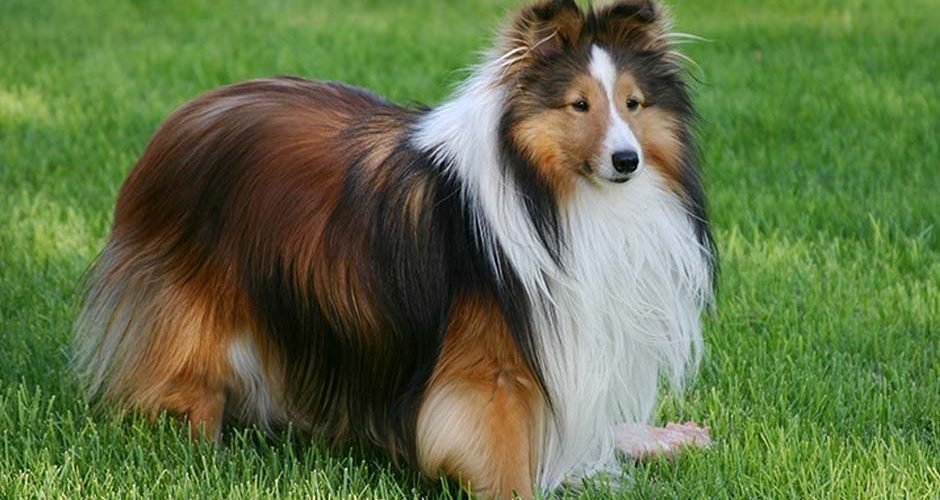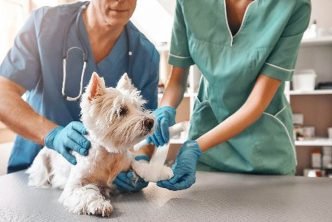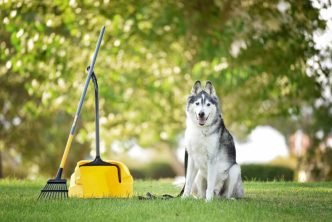Owning a long-haired dog can be both rewarding and challenging. On the one hand, these dogs can be absolutely beautiful with their flowing locks and stunning coats. On the other hand, their long hair can be difficult to maintain and keep clean. If you have a long-haired dog or are considering getting one, it’s important to know how to properly care for their coat to keep them looking and feeling their best.
Table of Contents
Brushing:
- One of the most important aspects of looking after a long-haired dog is brushing their coat regularly. Depending on the breed, your dog’s coat may need to be brushed everyday or every few days to prevent tangles and matting. When brushing your dog, use a brush or comb that is specifically designed for long-haired breeds. These tools will be gentler on your dog’s coat and help to prevent breakage and damage.
- Before you begin brushing, it’s a good idea to separate your dog’s coat into sections. This will make it easier to work through any tangles or mats without causing your dog any discomfort. Start at the top of your dog’s coat and work your way down, using a gentle but firm stroke. Be sure to pay extra attention to areas where tangles and mats are likely to form, such as behind the ears and under the legs.
Bathing:
- Long-haired dogs may not need to be bathed as frequently as their short-haired counterparts, but it’s still important to keep them clean and smelling fresh. Depending on the breed, you may only need to bathe your dog once every few months. When you bathe your dog, use a shampoo that is specifically formulated for dogs with long hair. These shampoos will help to keep your dog’s coat soft and shiny while preventing tangles and mats.
- When bathing your dog, be sure to rinse thoroughly to remove all soap residue. Leftover soap can cause skin irritation and dryness, which can lead to itching and scratching. After the bath, use a towel to gently dry your dog’s coat, being careful not to rub too hard or create tangles.
Trimming:
- In addition to regular brushing and bathing, long-haired dogs may also require occasional trimming to keep their coat in good condition. Trimming can help to prevent matting and tangling, as well as keep your dog cool during hot weather. If you’re not comfortable trimming your dog’s hair yourself, consider taking them to a professional groomer for regular trims.
- When trimming your dog’s hair, be sure to use sharp scissors or clippers. Dull tools can pull on your dog’s hair and cause discomfort. Pay extra attention to areas where hair is prone to tangling, such as behind the ears and under the legs.
Diet:
- Finally, it’s important to remember that your dog’s coat health is closely linked to their overall health and diet. Feeding your dog a high-quality, well-balanced diet can help to keep their coat soft, shiny, and healthy. Look for dog food that is rich in protein and contains essential fatty acids, such as omega-3 and omega-6. These nutrients are essential for healthy skin and coat.
Conclusion:
Looking after a long-haired dog requires a bit of extra effort and attention, but it’s well worth it for the stunning results. Regular brushing, bathing, and trimming can help to keep your dog’s coat in top condition, while a healthy diet and plenty of water can ensure that their coat is as beautiful as possible.
Overall, looking after a long-haired dog can be a bit of work, but the rewards are well worth it. With proper care and attention, your dog’s coat can be a source of pride and joy for years to come. Whether you’re a seasoned dog owner or are considering getting your first long-haired breed, take the time to learn about the specific needs of your dog’s coat and provide them with the care they deserve.





